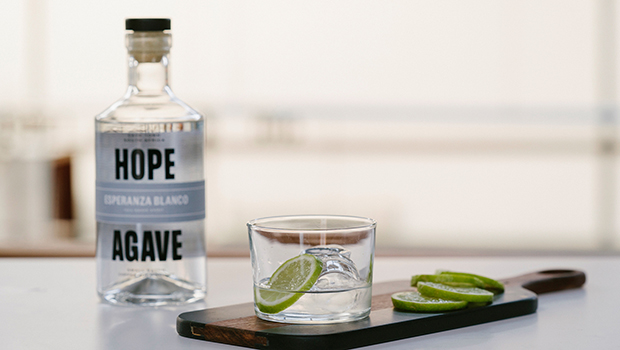If you’re feeling a little ginned out, you’re not alone. Sure, South Africa’s affair with Mother’s Ruin may not be over, but spiritual seers are already casting their gaze to the future … and that future may be all about agave.
So, what’s agave and what does it have to do with social lubricants? Well, agave’s a spiky succulent native to the band of land stretching from the top end of South America to the bottom bit of North America. And, of course, southern North America is where you’ll find Mexico, home to tequila and mescal.
The history of agave spirits
Mexico’s two flagship intoxicants are indeed made from agave – or, more accurately, their hearts, called pinãs – making them types of agave spirits. In fact, they are the original agave spirits, as there’s a verifiable history that the Mexicans were the first who thought to make liquor from the weird plant.
This was a natural progression from the many other uses the Mayans and Aztecs found for it, from building materials to medicine. At one point, these ancient indigenous people even figured out how to make a sort of beer from its sap, which – once distillation arrived on Mexican shores – ultimately formed the inspiration for agave spirits.
As tequila and mescal made their way to other parts of the world, enterprising distillers thought Mexico was onto a good thing and they started making their own. However, without the Mexicans’ many years of practice, the resulting liquors were often ghastly; to protect the good name of their products, the Mexicans applied for intellectual property rights.
As such, to be called tequila or mescal, the spirits must be made in Mexico, following strict recipes. Everything else goes by the generic of agave spirits – similar to how champagne can only be made in the Champagne region in France.
Agave spirits in South Africa
Fast forward, and the rest of the globe has had a chance to catch up. This includes us here in South Africa, where we have a climate most suitable to agave, particularly in the Karoo.
We’ve been trying to make agave spirits here since the 1990s actually, but it took us 20 years to finally get it right – the first significant success being in 2016 when Leigh Lisk and Lucy Beard launched Esperanza Blanco at Hope Distillery in Cape Town. Initially, they used local agave, but have since switched to importing agave from Mexico in powdered form.
Since then, we’ve made some headway, and we now have at least another four South African agave spirits on the market. These are made from agave cultivated by Tim Murray, on his farm just outside Graaff-Reinet.
Sarah Kennan has Leonista – which comes in four variations – distilled by Ernst Henning and Jerry Walker at Schoonspruit Distillers in Ventersdorp. Similarly, Tim Murry entrusts his Three Agaves Silver to Schoonspruit as well.
Adi Badenhorst distils 4th Rabbit himself on his farm near Malmesbury, where he makes wine. Maarten and Nic van Doesburgh also do their own distillation of Agava Blanco and Reposado, at their brewery in Mowbray.
While the more nuanced notes of the different brands vary based on the production choices – such as how the agave is cooked and how, or if, it’s aged – agave spirits generally have a very recognisable flavour profile. Without fail, they all have peppery, spicy, herbaceous and vegetal tones, while some also have strong elements of smoke.
The cheap-and-nasty versions you should avoid are typically shot with salt and lemon, but better quality agave spirits (like those above) are designed to be sipped at leisure. They also make for excellent cocktails.
Try making a classic margarita on the rocks or twist it up with granadilla and lime. You can even cook with agave spirits, like with these sweet and sour ribs or this Cape Salmon ceviche.

